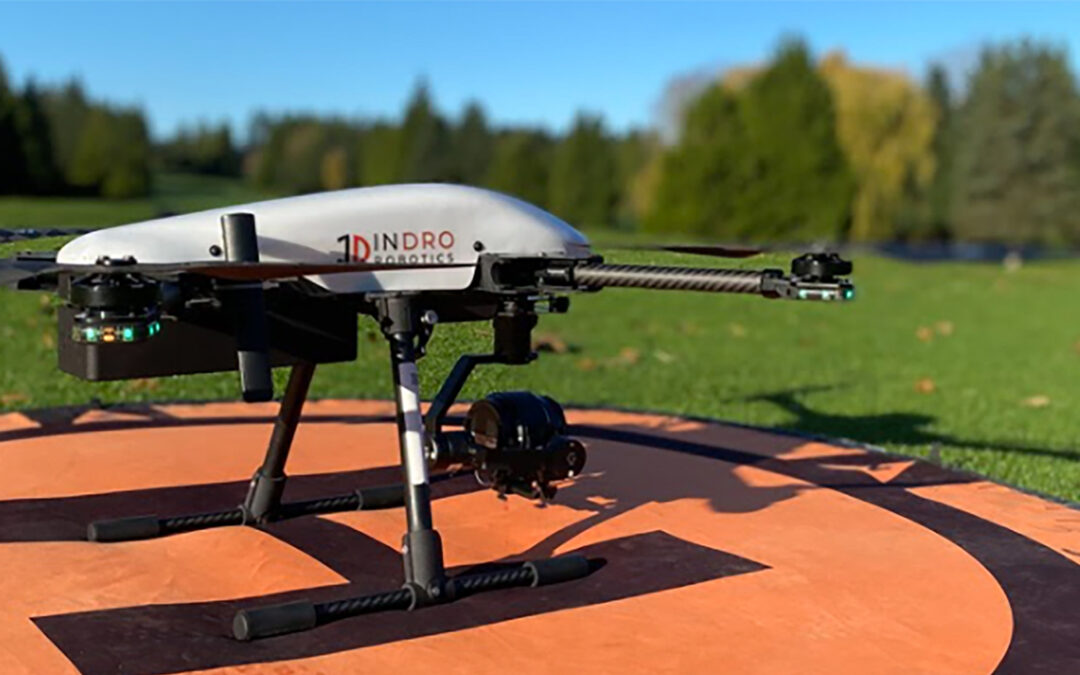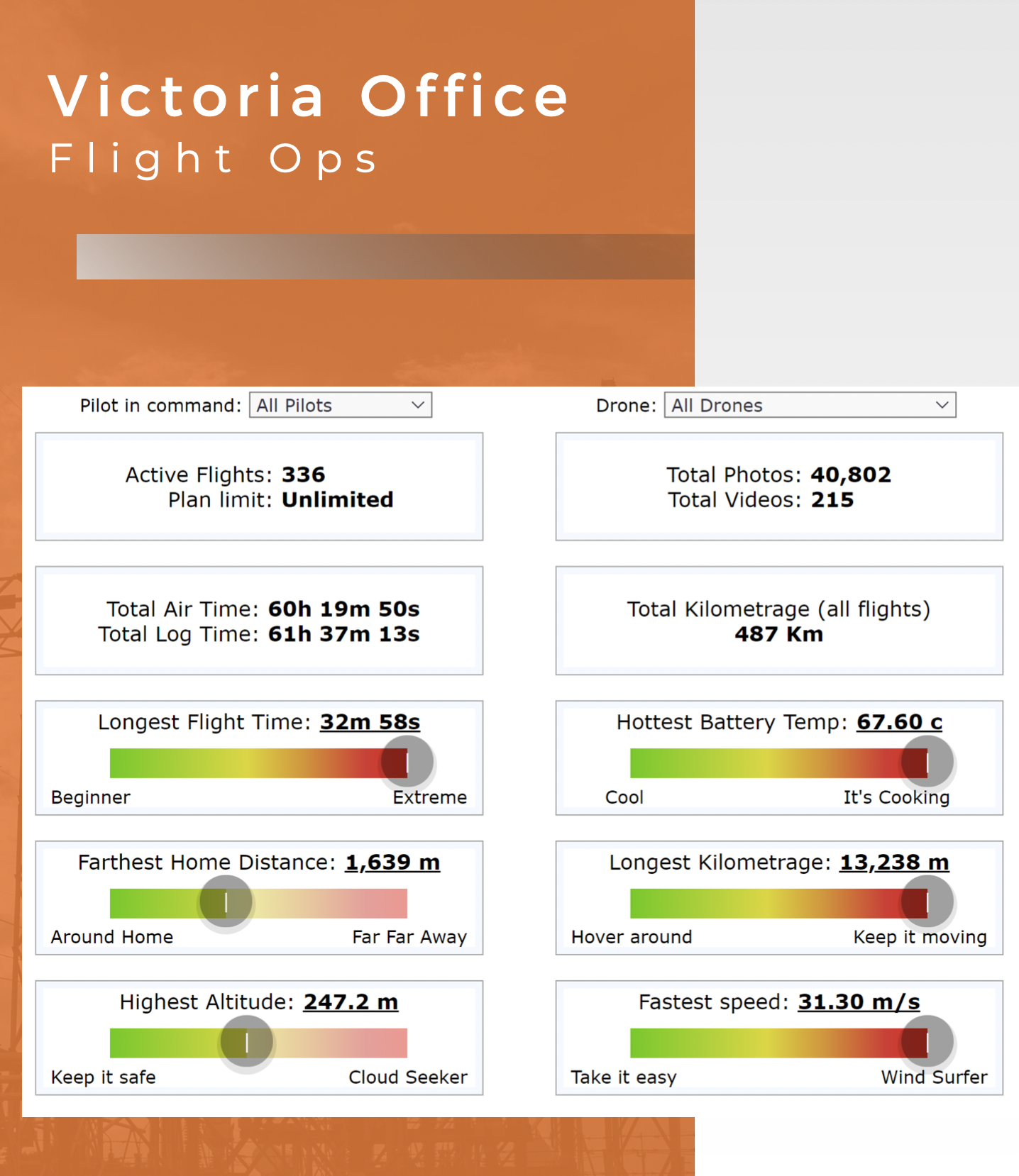
CBC HIGHLIGHTS YOW DRONE DETECTION SYSTEM
By Scott Simmie
If you follow InDro Robotics, you’ll likely be aware that we were a co-founder and core technology partner of the YOW Drone Detection Pilot Project.
The system has been operating since the fall of 2020, and detects drone intrusions not only at the Ottawa International Airport, but as far as 40 kilometres away in the National Capital Region. Data from the project helps to inform airport protocols and is shared on a regular basis with Transport Canada and law enforcement.
Back during the “Freedom Convoy” protests in downtown Ottawa, the system got onto the mainstream radar after we published this story, which outlined the high number of unauthorised drone flights taking place in downtown Ottawa. The Ottawa Citizen covered that story here and it was also a cover story for WINGS Magazine.
Now, the system is back in the news for a different reason: The recent visit of US President Joe Biden to Ottawa.

AIR FORCE ONE
Prior to the actual visit, advance teams from the Secret Service and Air Force One wanted to check out security and logistics at the Ottawa International Airport. And one of the first questions? Whether YOW had a drone detection system.
The answer, as you know, is Yes. We interviewed Michael Baudette, YOW’s VP of Security, Emergency Management and Customer Transportation. The resulting post garnered a lot of attention, including a lengthy interview by CBC Ottawa.
To view the segment on the Drone Detection Pilot project, check out the video below.
INDRO’S TAKE
The YOW Drone Detection Pilot Project has been in operation since November of 2020, and has created a wealth of data. It has helped the Ottawa International Airport develop protocols for incursions, and has led to even catching one operator flying a large drone very close to the flight path of jets. NAV Canada is a partner on this project, and Transport Canada receives regular reports.
“This system works well, but it also operates behind-the-scenes in relative obscurity,” says InDro CEO Philip Reece. “It’s great to see this coverage, which gives the general public a better understanding of the value of these systems. Michael Beaudette has been a tremendous backer of this system since the outset, so we were also pleased to see him front and centre.”
InDro is a core technology partner in the YOW Drone Detection Pilot Project. The system has proven itself, and we believe it’s an excellent model for other airports and sensitive facilities. If that interests you and you’d like to learn more, feel free to hit us up here.



































